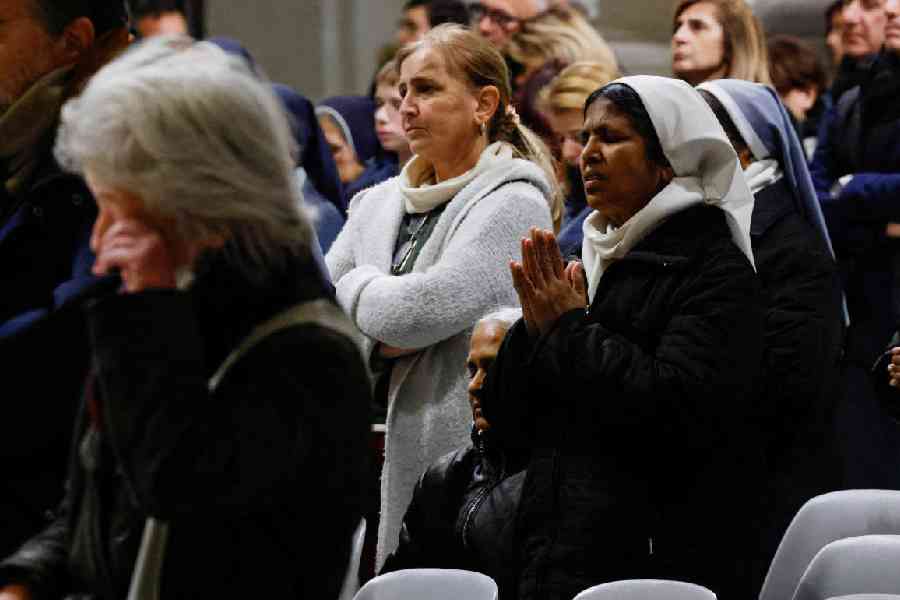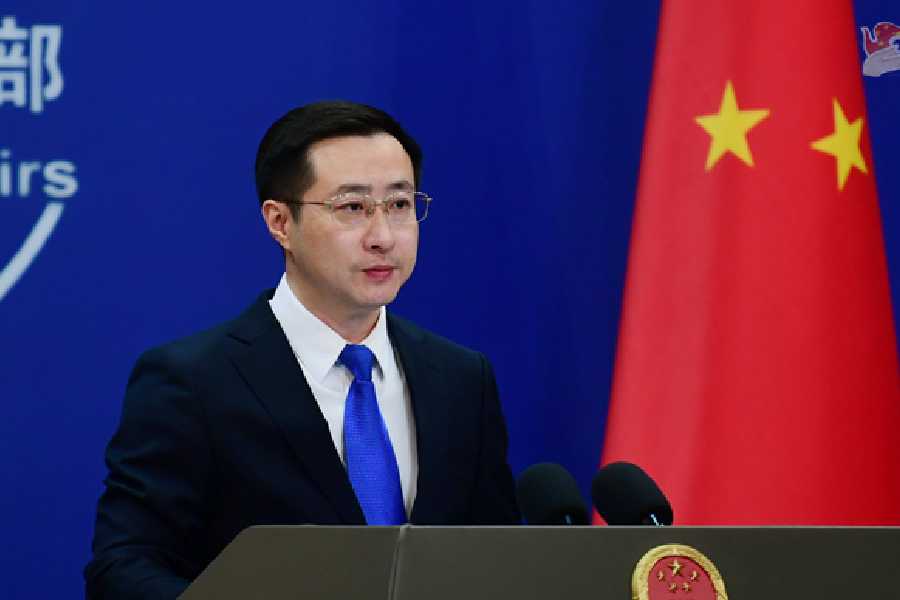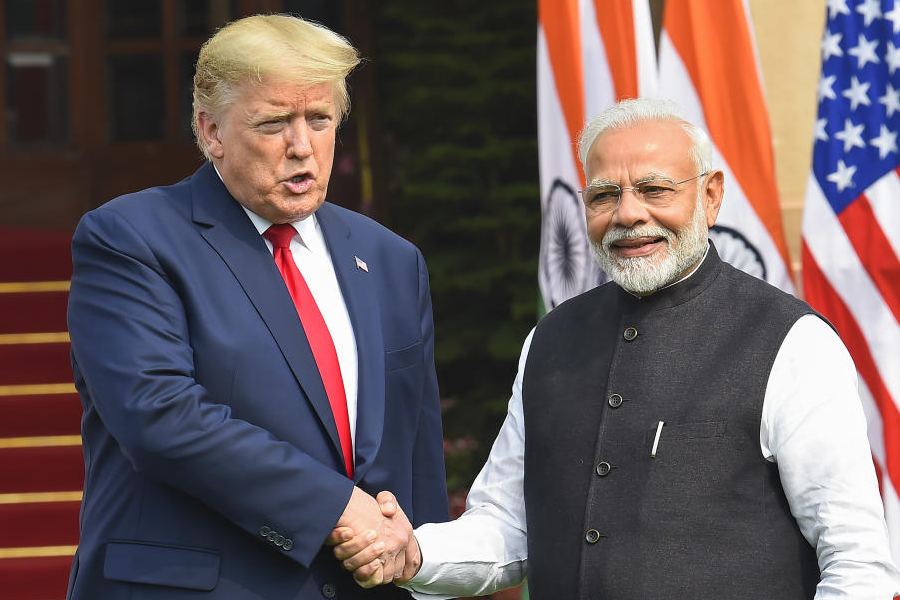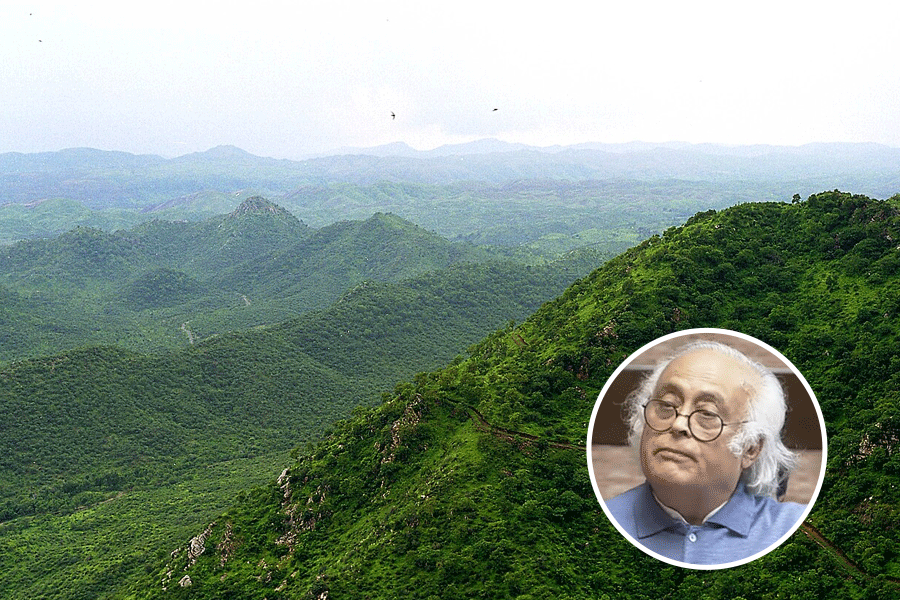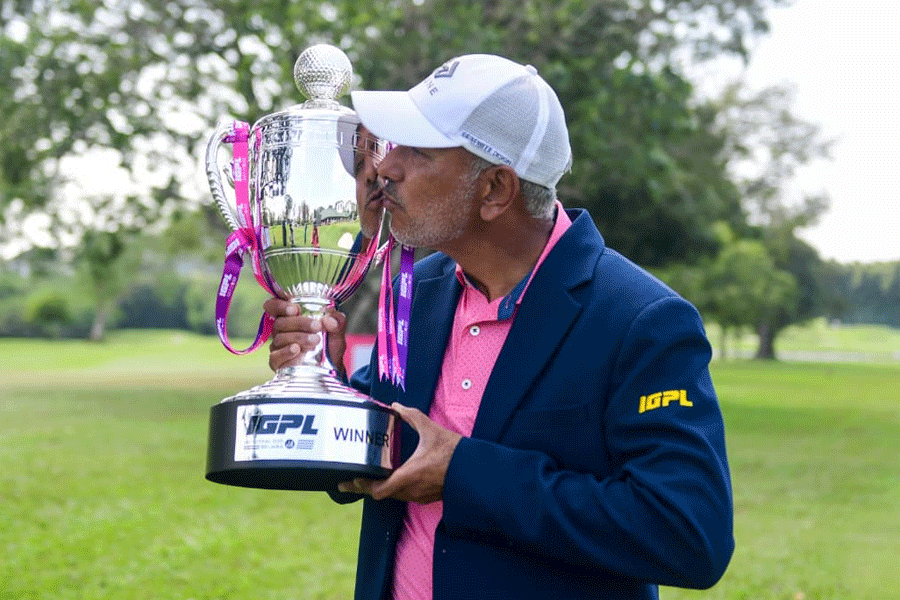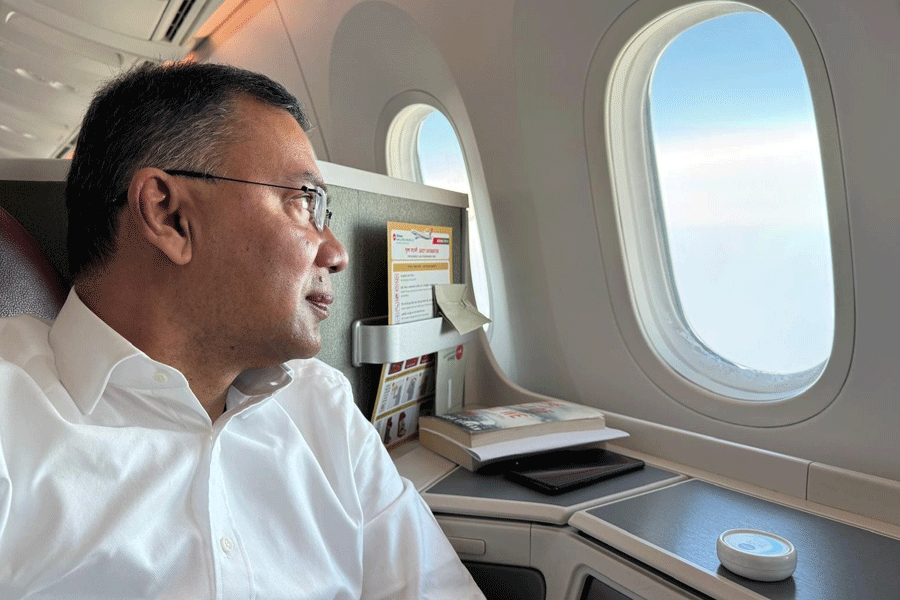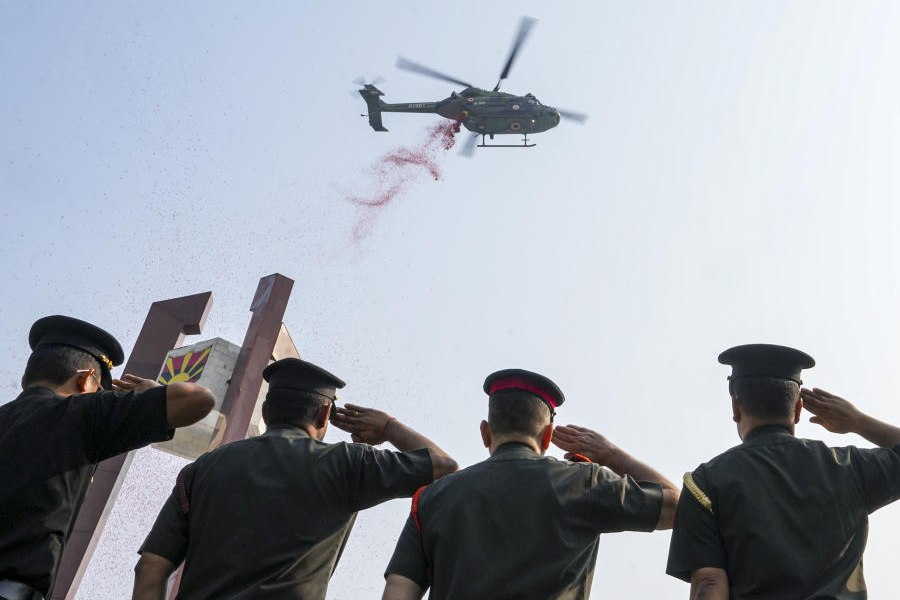Vatican City is an anxious place. Clergy keep their phones by their pillows. Reporters, crammed in the Holy See press office, open emails with trepidation. Faithful have begun to gather expectantly in St Peter’s Square.
All await terse bulletins from the Vatican on the condition of Pope Francis, who remains critical after being taken to a hospital 11 days ago with bronchitis that developed into pneumonia in both lungs. On Monday afternoon, hours before the Vatican reported a “slight improvement”, the phones of Vatican officials buzzed with texts falsely reporting Francis’ death.
Francis, who now has the beginnings of kidney failure and infections, may yet recover. On Tuesday night, the Vatican said Francis was in “critical but stable” condition. In its nightly medical bulletin, the Vatican said he underwent a follow-up CT scan in the afternoon to check the lung infection, and that he had resumed his “work activities” in the morning.
For veterans of papal transitions, the daily health bulletins, the influx of global media, the rampant speculation and the special prayer services have a familiar and ominous feel.
“These are delicate moments,” said Duban Corredor, a 27-year-old seminarian from Colombia, who came to St Peter’s Square on Monday night to pray the rosary for Francis, who he noted had always concluded his conversations and remarks with an appeal to “pray for me”.
The seminarian said he had assisted Francis during a Christmas Eve prayer service and saw him deeply tired, but also at peace. “I don’t think it will be long — I think he’s preparing for a moment of tranquillity, knowing that this is the end of his life.” On a damp Monday evening, Cardinal Pietro Parolin, the Vatican’s second-in-command, who is a fixture in the increasing speculation about who might replace Francis, led cardinals, bishops and a few thousand faithful in front of St Peter’s Basilica in a rosary prayer for the pope’s health.
Under an intermittent drizzle, the cardinal knelt before a portrait of the Madonna and child and addressed the crowd, made up largely of priests, nuns and pilgrims.
“For 2,000 years the Christian people have prayed for the pope when he was in danger or sick,” said Cardinal Parolin, adding that now the time had come to pray for Francis “in this moment of illness and trial”.
Francis is the 266th pope to lead the Roman Catholic Church, and for much of the church’s history, especially when the papacy acted as a monarchy directly and indirectly governing large swathes of land, the death of a pope could transform the fortunes of powerful aristocrats, change the direction of a powerful state, or even determine where the church had its headquarters.
“The upheaval that follows the death of the pope today is incomparably different from what might have happened” centuries ago, said Agostino Paravicini Bagliani, a church historian. He said that in some cases a pope’s death would be kept a secret, for fear that a papal entourage, or at times even the population of Rome, might ransack the Apostolic Palace. “A papal death provoked all sorts of problems.”
In the modern era, long after the pope lost his temporal powers, transitions have run more smoothly. Now a change at the top, while having great consequence for the priorities, vision and ideological complexion of the church, is unlikely to have much geopolitical impact. Still, the last days of a pope attract pilgrims, and news media, from all over the world to Rome, and they focus the faithful’s attention on their spiritual leader.
Cardinals said the rosary before the passing of Pope John XXIII in 1963. It was during a similar prayer session in St Peter’s Square in 2005 that Cardinal Leonardo Sandri, then the under secretary of state for the Vatican, announced the death of Pope John Paul II after his final days of agony.
The once vigorous Polish pope had long suffered from Parkinson’s disease: He had lost his ability to speak clearly and often appeared hunched and ailing. His failing health had been a subject of morbid attention for years.
“It was so weird,” said Father Paul Alger, a 42-year-old priest from Augusta, Georgia, who studied theology in Rome and recalled those years as a perennial papal death watch.
Francis, who initially speculated that he would have a short pontificate, has instead led the church for a dozen eventful and busy years. For the first years, he crisscrossed the globe, met with world leaders and played an active role in championing the issues he cared most about, especially on behalf of migrants and the marginalised.
But a bad knee and sciatica began to slow Francis down more recently. He began to depend on a cane and a walker and then a wheelchair.
Francis had colon surgery in 2021 and was operated on again two years later for a hernia that developed because of that surgery. Throughout, he kept up a demanding schedule, but his breathing became belaboured, as he struggled with respiratory infections and now an explosion of pneumonia and infections that has put him in critical condition.
The faithful and clerics in attendance on Monday preferred to focus on Francis’ life rather than what seemed the end of it. Bishop Manuel Nin, the apostolic exarch to the Greek Byzantine Catholic Church, called it “unhealthy” to fixate on something that was ultimately “in God’s hands”.
But some clerics worried this latest downturn could be Francis’ last.
“They say he had a good night, he is resting, but at the same time it is clear his prognosis is not good,” said Bishop Earl Fernandes of Columbus, Ohio. “It’s the beginning of the end.”
Bishop Fernandes, who said he follows “the news about the pope in multiple languages every day,” speculated that even if Francis were to get better, it would be harder for him to be around people, something Francis “always loved,” he said.
A solemnity pervaded St Peter’s Square, rain slicked the cobbled stones and the faithful chanted invocations to the Virgin Mary. A pair of swooping gulls cawed. In the surrounding palaces, private speculation about who might replace Francis began, ideological camps taking shape. But the event provided a public forum for the church’s leaders to rally around the pope in his time of need.
New York Times News Service

